
The Sound of Peanuts – Happiness if the Sound of Snoopy’s Laugh
Whether it is the heartfelt monologue delivered by Linus in a A Charlie Brown Christmas or Sally bemoaning the fact that she has been robbed of “tricks or treats” in It’s Great Pumpkin, Charlie Brown, the distinct sound of the characters’ voices are just as iconic as their looks.
“These voices are ingrained into my mind,” says writer/producer Craig Schulz. Having been through a similar process for the 2011 original direct-to-DVD Happiness Is a Warm Blanket, Charlie Brown, Craig Schulz knew first-hand how important it would be to find just the right child actors to bring the Peanuts characters to life. He was also very decisive when it came to reviewing auditions, only needing to heard portions of recording to determine whether or not the right voice had been found. “I knew within hearing there words,” he recalls.
Working with casting director Christian Kaplan, the filmmakers met with nearly a thousand hopefuls on both the east and west coast, searching for their ensemble. “Sally and Marcie always seem to be the most difficult to cast,” says Craig Schulz. “Both area darn near impossible to find.”
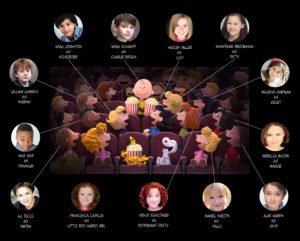
The most important quality the team looked for was authenticity and believability as a kid. “I didn’t want Christian to read or ‘audition’ the kids, but rather just to have kids talk about their lives, where they went to school, where they’re from,” recalls Schulz. During the casting process, Kaplan and the filmmakers also recorded lines from the Peanuts specials to gauge each actors’ rhythm and cadence to see if they could match their on-screen counterparts.
Working with kids can be a challenge for some, but nor Martino. “With all of the kids it’s about fun and I said that at the start of every session. There was never a ‘wrong’ in our sessions, there was only ‘trying things,’ and laughing when they’re good – which I was more prone to do than they were – and allowing time to experiment.”
Martino also discovered that his twelve years of coaching youth soccer came in quite handy for wrangling and working with his young cast. “I have always believed in empowering kids, teaching in practice, but letting them own the game,” says Martino.
“The great thing about working with kids is that they have extraordinary imaginations, which is huge, given that we are in an empty room, no costumes, no set, no props, only our ability to paint a picture in our minds of the scene we are playing.”
After an exhaustive search, Martino found his Charlie Brown in Noah Schnapp, a ten-year-old from Scarsdale, New York. “Noah has a great voice fro Charlie Brown, but also has a similar temperament,” says Martino. “When we recorded him, it allowed us to reply on his natural tendencies and it really felt like Charlie Brown.”
Casting the voice of Linus, however, gave Martino nightmares. Literally. “linus was my favourite voice from the original Peanuts specials and was the voice I was most worried about casting,” recalls Martino. “Linus had this wonderful natural lisp. It was never overdone, but felt so ‘real’. I had nightmares about trying to recreate that and having it come off as fake and strange.” Fortunately for Martino, his nightmares ended when he discovered his Linus in eleven-year-old Alex Garfin from New York. “In our story, Linus is that steady, supportive friend of Charlie Brown,” says Martino, “and like Noah, Alex also has a temperament that feels like Linus.”
In case of life imitating art, young Alex provided a calming presence on set during recording sessions with Martino. “No matter what was going on with me during production, when I would walk into the studio with Alex, I just felt better,” recalls Martino. “He had a wonderful attitude, an ability to laugh at himself and to make you feel like the work was fun.”
And in a case of life not imitating art, ten-year-old Huntington Beach, California native Hadley Miller is nowhere near he on-screen crabby, bossy counterpart, Lucy. “Hadley had this sweet, well-mannered personality and my initial concern was whether or not she could play the bold, brash side of Lucy’s characters,” says the director. But all concerns were alleviated when Miller stepped into the recording booth. “She knocked me over with her big, bold delivery,” says Martino. “She really understood Lucy. I said, ‘Wow, that was amazing,’ and then out of character, back to being Hadley, she said in the sweetest, most polite voice, ‘Thank you.’ She was perfect.”
Producer Michael Travers echoes Martino’s sentiments regarding the young actress. “We didn’t actually meet Hadley in person until after we had cast her and heard her voice, which was just spot-on,” he recalls. “Then we met her and she was this effusively gracious and sweet kid!”
Although she may not have as many lines as Lucy or Peppermint Patty, the presence of the Little Red-Haired Girl in the film is an undeniable force. “It was important that her voice has a sincere quality and to have some degrees of sweetness,” says Martino. He found his Little Red-Haired girl in ten-year-old Francesca Capaldi.
“I was so taken by Francesca’s personality,” recalls the director, “that she seemed like someone Charlie Brown would love to know.”
Writer/producer Craig Schulz was especially pleased with how the cast shaped up. Early on in the recording process, he attended a voice session of Mariel Sheets, the young actors who portrays Sally Brown. Sheets had no idea who Schulz was Christmas and Halloween specials, beat for beat, with perfect pacing. “She was grandson of Charles Schulz, who represents the fourth generation of the Schulz family to be credited on the film. Micah voices the character of Little Kid, who appears in a few scenes throughout the film.
Although the voices of kids had been cast, there was one more crucial voice to cast: Snoopy. Schulz knew there was only one person who could bring to life the world’s most beloved beagle, and that person is non the than legendary Bill Melendez. “It was really important for us to use Bill’s voice, so I approached his studio and secured the majority of the recordings he had made over the years,” says Schulz.
In addition to obtaining Melendez’s performance recordings of Snoopy, the filmmakers also secured his recordings of Woodstock.
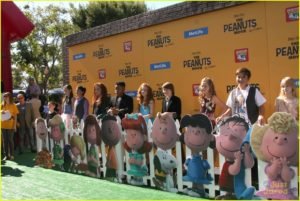
For the final sound mix of the film, director Steve Martino turned to two-time Academy Award-winner and long-time Blue Sky Collaborator Randy Thom, and his team and Skywalker Sound, who had already worked with both Martino and Travers on multiple productions. With more than 20 credits on animated films alone, including the Rio films, Thom is no stranger to challenges of animation and designing a world of sound from scratch. “It’s a wonderful thing to work in a variety of styles,” says Thom. “What I particularly enjoyed about this film is that directive and challenge set by Martino that we stay true to the original sound of the Peanuts TV specials, which I found especially intriguing.
“Even though we’re contemporary equipment, we’re employing special techniques to antique them,” continues Thom, “incorporating characteristic sounds you’d recognise from the specials.” One of those techniques is using ribbon microphones similar to the ones used by Bill Melendez and Lee Mendelson.
Entrusted with the recordings of Melendez, Thom took special care incorporating them into the film. “We studied his voice and recordings he made at the time,” explains Thom. “He would record himself doing just hums and purrs and whistles and modulate his voice up and down, and then he would later alter the pitch higher so that it was funny little creature. The trick of course is to invent a language that is expressive emotionally but isn’t comprised of words, just sounds that are halfway between an animal sound and human vocalisation, and to be funny when appropriate and of course affectionate when appropriate.”
The filmmakers also turned to one of the world’s top new musical artists, Billboard Music Award-winning and Grammy-nominated Meghan Trainor, to pen and original song for the film.
“Meghan has written a wonderful song titled “Better When You’re Dancin” that expresses Charlie Brown’s optimistic attitude as he works with Snoopy to become a better dancer,” says Martino. “She is such as an amazing singer-songwriter and shining example of the thematic heart of story.”
According to Martino, Trainor met with the team at Blue Sky, then seemingly overnight captured the essence of the film in song. Continues the director, “Musically, Meghan had me from her very first rough demo; my foot was tapping and I have a huge smile on my face as I could see this moment in the movie being lifted by her unique talents.”
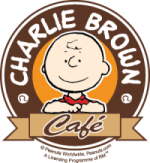
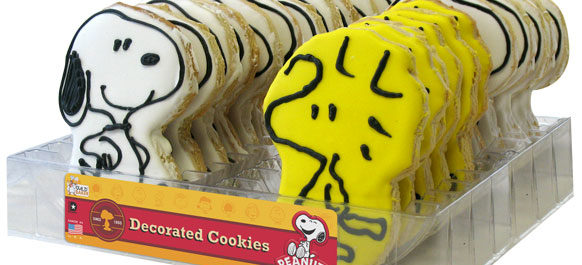
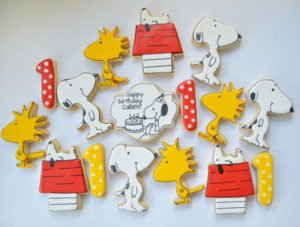
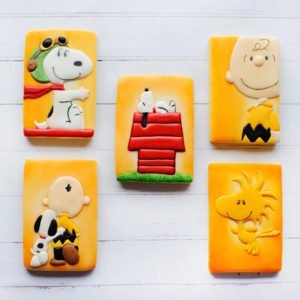
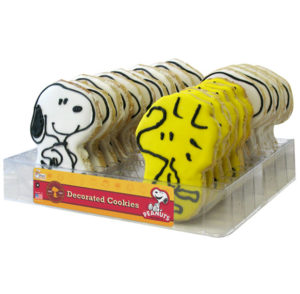

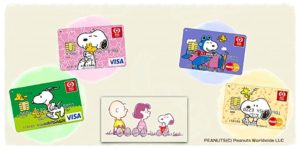
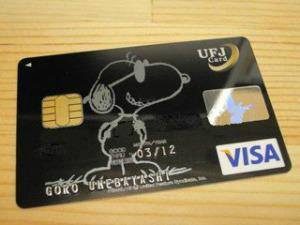


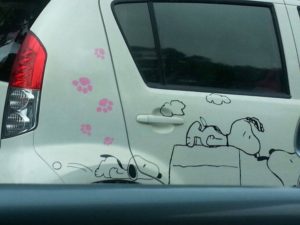
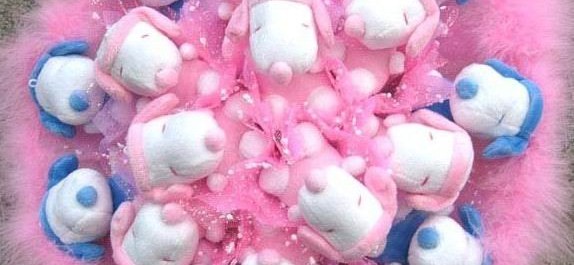
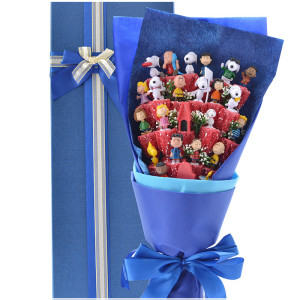
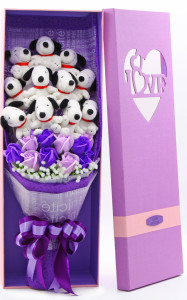
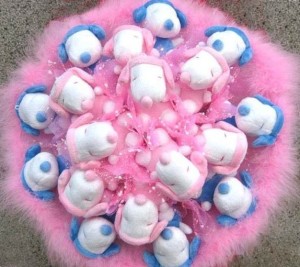

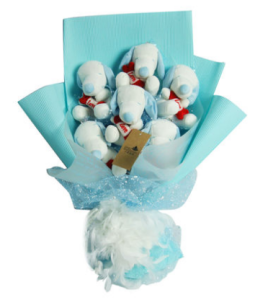
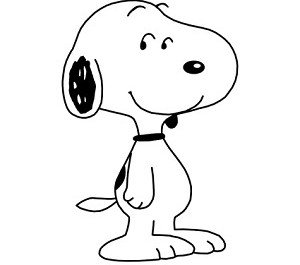
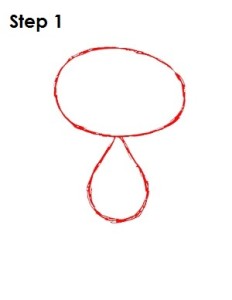
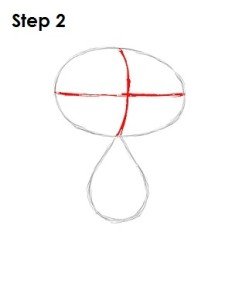
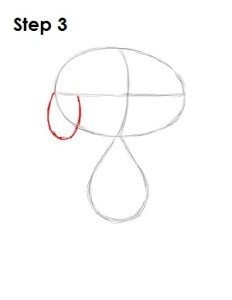
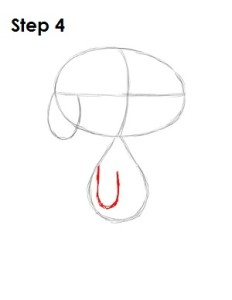
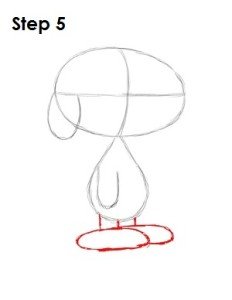
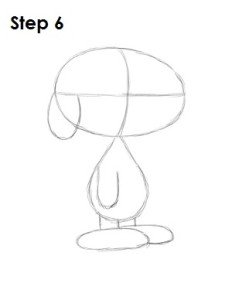
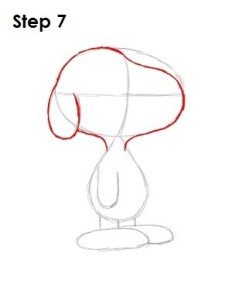
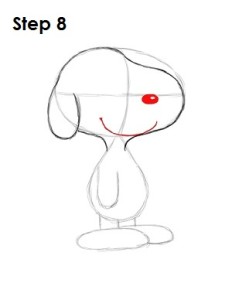
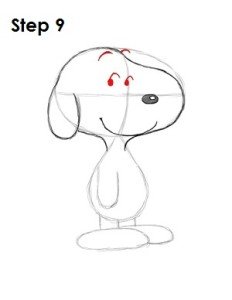
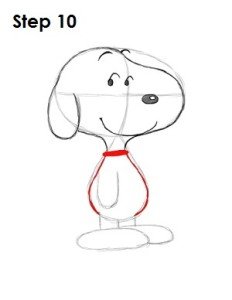
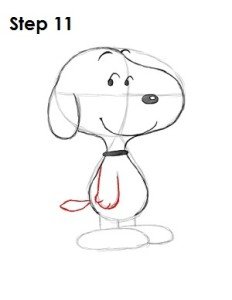
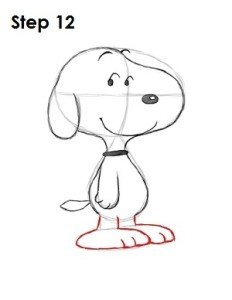
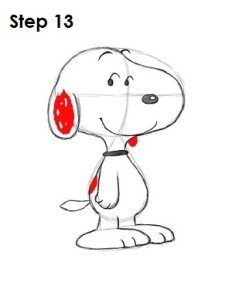
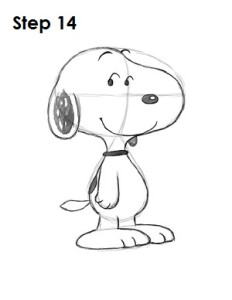
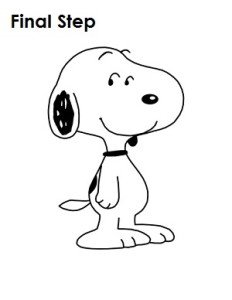
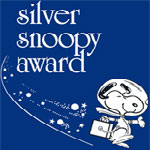
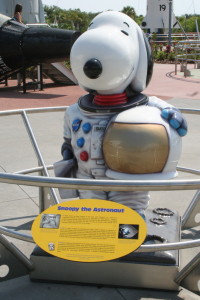
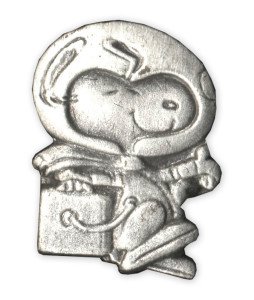
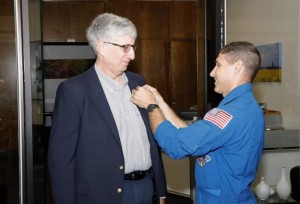
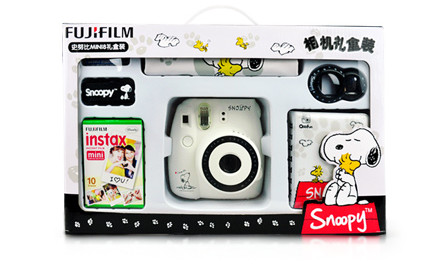
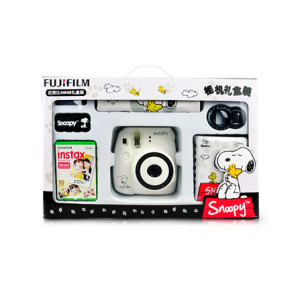
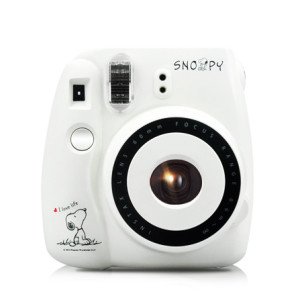
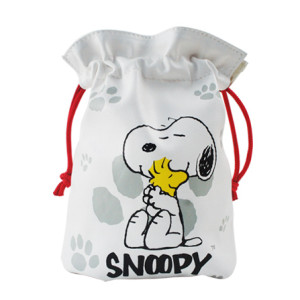
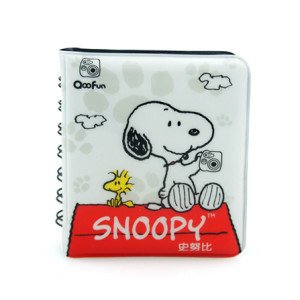

Recent Comments